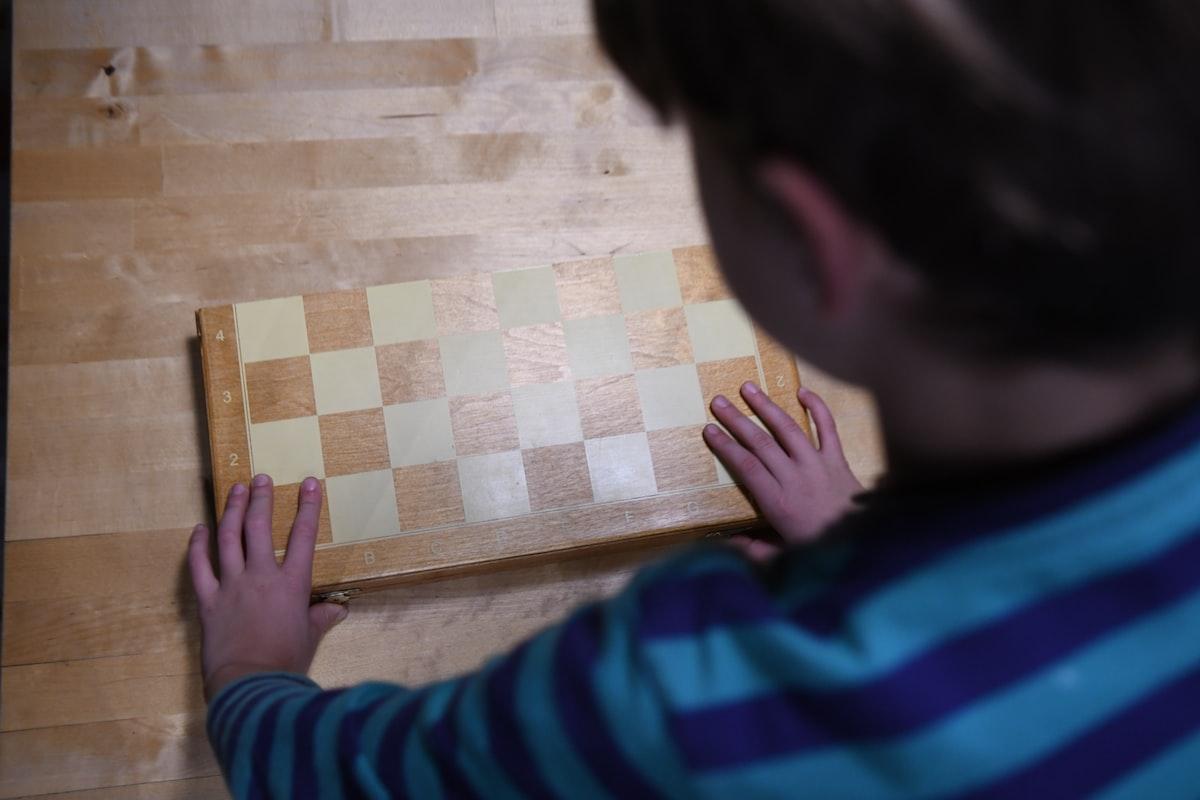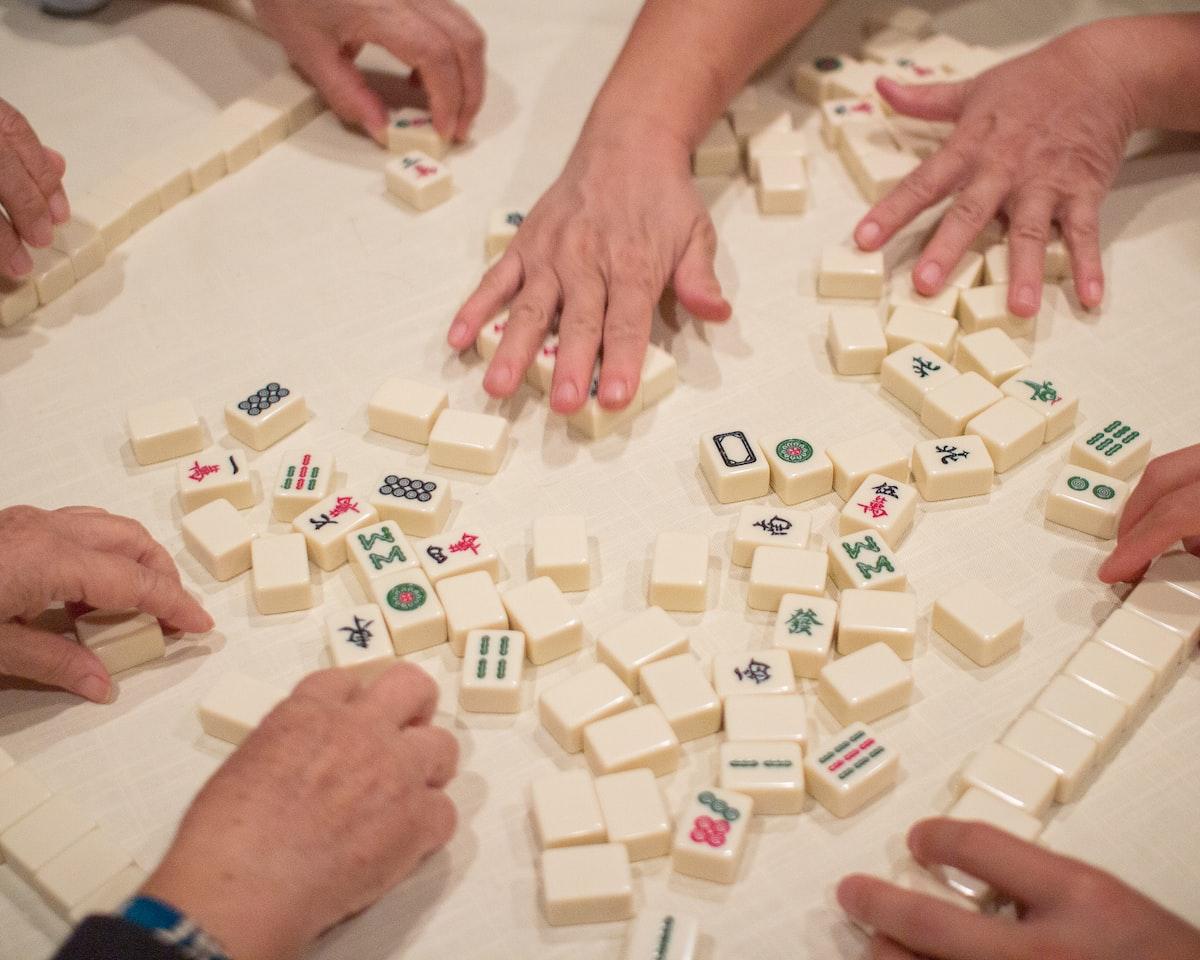Chess is one of the oldest and most popular board games in the world, played by millions of people globally. It is a game that requires strategy, skill, and patience. To play chess effectively, it is essential to understand the dimensions of the chess board, including its perimeter. The perimeter of a chess board plays an important role in a player’s strategy as it determines how far their pieces can move around the board. In this article, we will explore what the perimeter of a chess board is and provide a step-by-step guide on how to calculate it.
Standard Chess Board Dimensions Explained

Before we dive into calculating the perimeter, let’s first discuss the dimensions of a standard chess board. A standard chess board is eight squares by eight squares, also known as an 8×8 board. Each square on the board is divided into 64 total squares, with alternating colors of white and black. The squares are numbered from a to h horizontally and from 1 to 8 vertically. The board is set up with a white square at the bottom right of each player’s side. Additionally, there are other types of chess boards available, such as magnetic, folding, and travel-sized boards, which may differ in their dimensions.
Factors Affecting Perimeter of Chess Board

Now, let’s talk about what the perimeter of a chess board means. The perimeter of a chess board is the total length of all the sides of the board. Since a standard chess board has 8 squares on each side, the formula to calculate the perimeter is 8 + 8 + 8 + 8 = 32. Therefore, the perimeter of a standard chess board is 32 units. Knowing the perimeter of a chess board can help players understand how far their pieces can move and plan their movements accordingly. A player’s pieces can move up to the edge of the board, but not beyond it, so understanding the size of the board can be crucial to developing a winning strategy in the game of chess.
Factors that affect Chess Board Perimeter
When it comes to the perimeter of a chess board, there are several factors that can affect it. One of the most important factors is the size of the board. Different types of chess boards have different dimensions, which means that their perimeters will also vary. For example, a travel-sized chess board may have a perimeter of only 20 units, while a tournament-sized board may have a perimeter of 36 units. Additionally, the size of the squares on the board can also affect the perimeter. If the squares are larger, the perimeter will be longer, and if they are smaller, the perimeter will be shorter. Finally, the style of the board can also play a role in the perimeter. Boards with more elaborate designs or additional features may have a longer perimeter than a standard board.
Factors Impacting Chess Board Perimeter Length
In conclusion, understanding the perimeter of a chess board is essential for any player who wants to improve their game. Knowing the perimeter can help you plan your moves and understand the limitations of your pieces, which is critical to developing a winning strategy. Remember that the perimeter of a standard chess board is 32 units, but other types of boards may have different perimeters based on their size, square dimensions, and style. As you continue to play and gain experience with different types of chess boards, you will gain a better understanding of how the perimeter can impact your game. With practice and patience, you can become an expert in all aspects of the game, including the perimeter of the chess board.
Factors Affecting Chess Board Perimeter Length
Calculating the perimeter of a chess board is a straightforward process. To do so, you simply add up the length of each side of the board. For a standard 8×8 chess board, each side is eight squares long, so the formula for calculating the perimeter would be 8 + 8 + 8 + 8 = 32. So, the perimeter of a standard chess board is 32 units. If you have a different-sized board, it is essential to adjust the formula accordingly. For example, if you have a 10×10 chess board, the formula for calculating the perimeter would be 10 + 10 + 10 + 10 = 40, so the perimeter of this board would be 40 units. Once you have calculated the perimeter of your board, you can use this information to develop your gameplay strategy and make all the moves you need to win.
Chess Board Perimeter: FAQs Answered
Sure, here are answers to some frequently asked questions about calculating the perimeter of a chess board:
1. What is the perimeter of a standard 8×8 chess board?
The perimeter of a standard 8×8 chess board is 32 units.
2. How do I calculate the perimeter of a different-sized chess board?
To calculate the perimeter of a different-sized chess board, simply add up the length of each side of the board. For example, if you have a 10×10 chess board, the perimeter would be 40 units.
3. Why is it important to know the perimeter of a chess board?
Knowing the perimeter of a chess board can help you plan your moves and understand the limitations of your pieces, and can have an impact on developing a winning strategy.
4. What factors affect the perimeter of a chess board?
The size of the board, the size of the squares on the board, and the style of the board can all affect the perimeter of a chess board.
5. Do all chess boards have the same perimeter length?
No, the perimeter length of a chess board can vary depending on the size and style of the board. For example, a travel-sized chess board may have a perimeter of only 20 units, while a tournament-sized board may have a perimeter of 36 units.
6. Is the perimeter the same as the circumference of a chess board?
No, the perimeter refers to the length of the sides of the chess board, while circumference refers to the length around a circular object. Chess boards are not circular in shape, so they do not have a circumference.